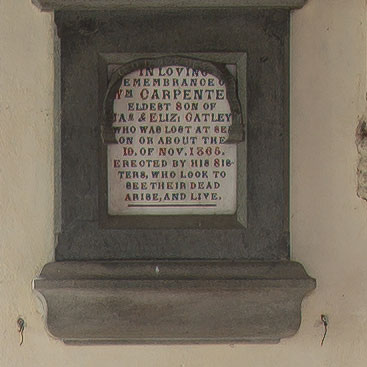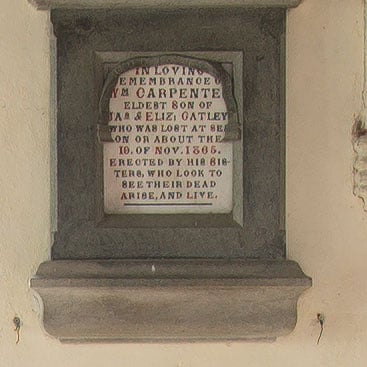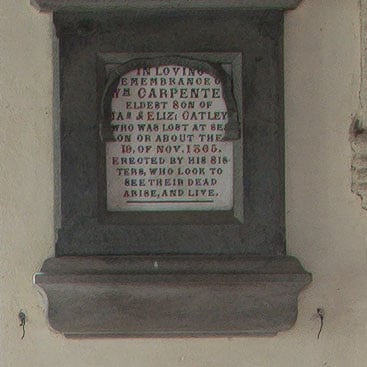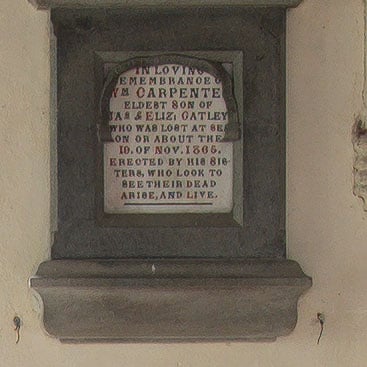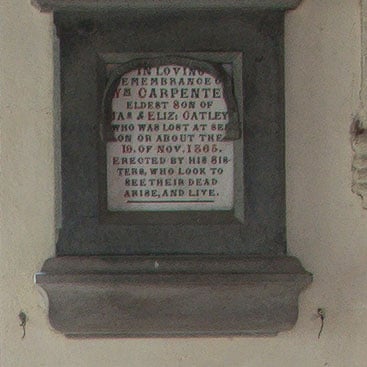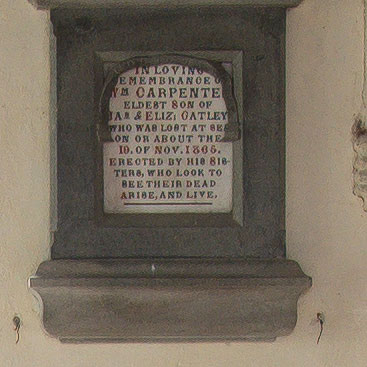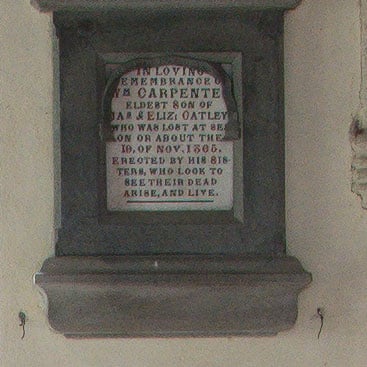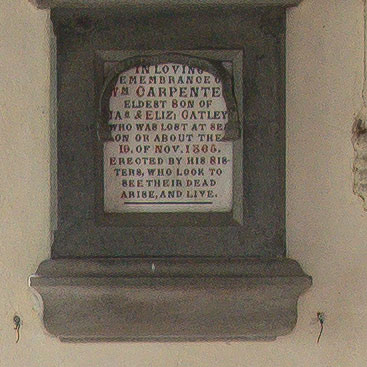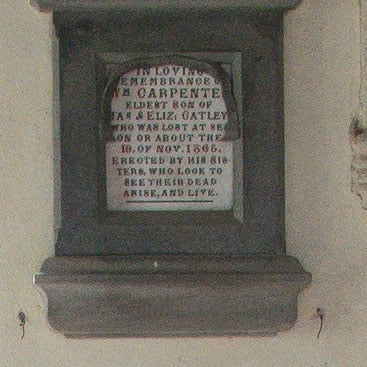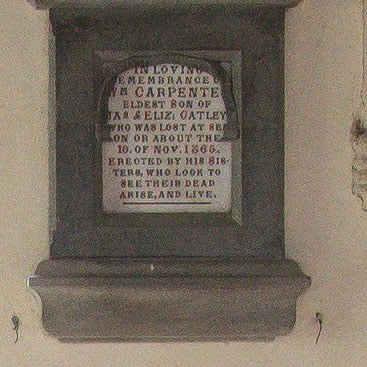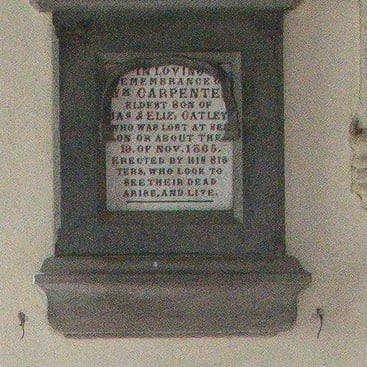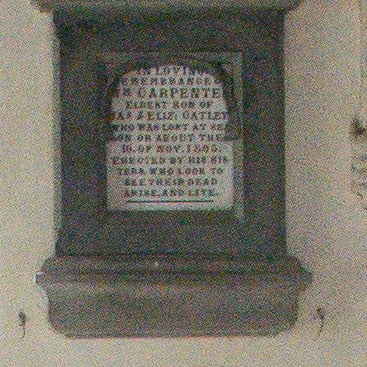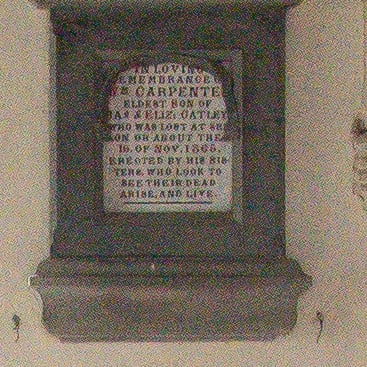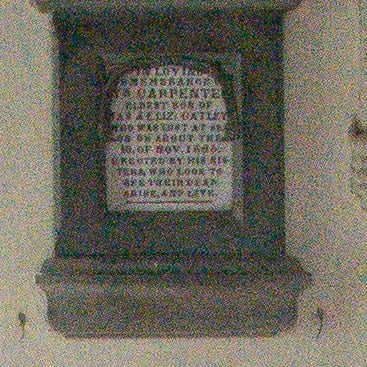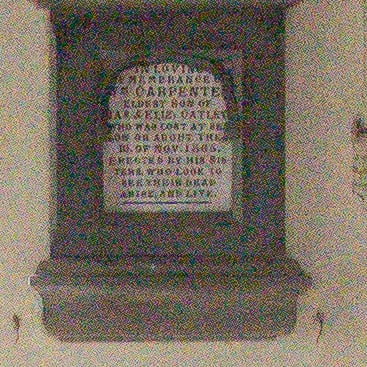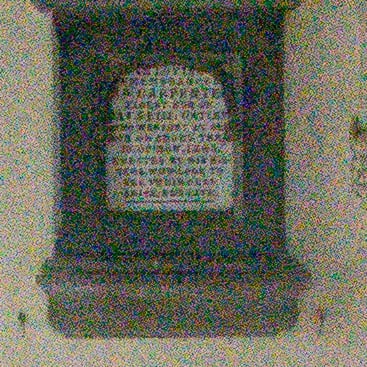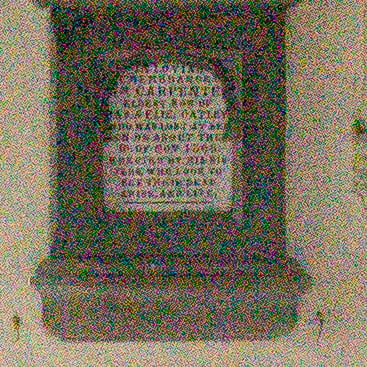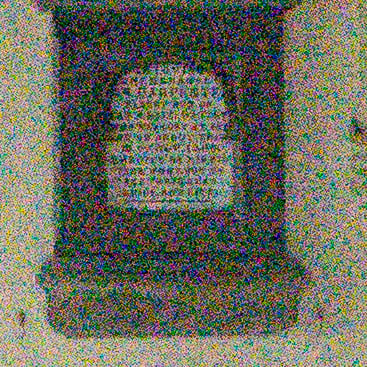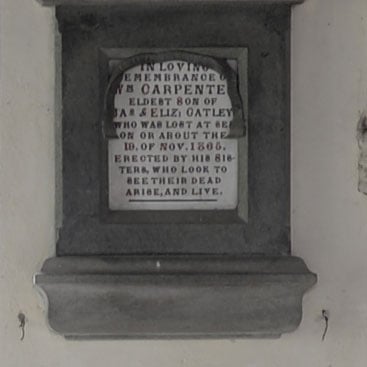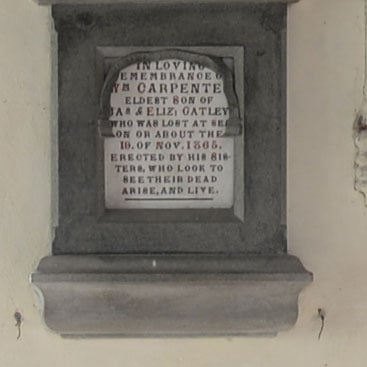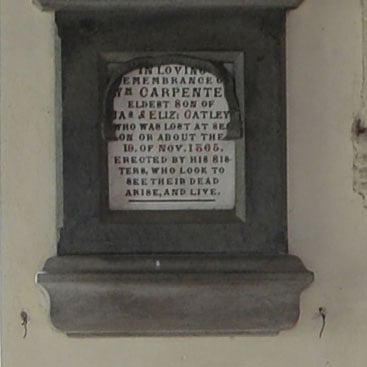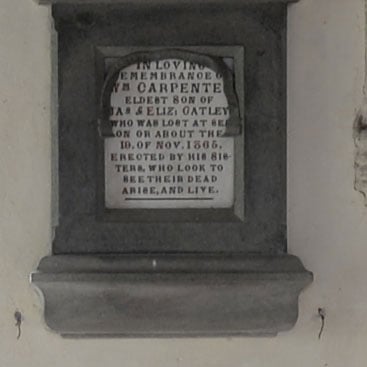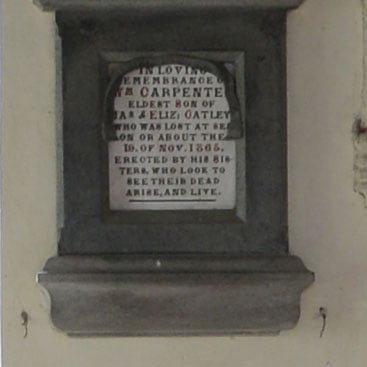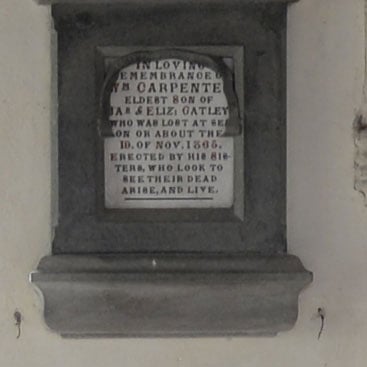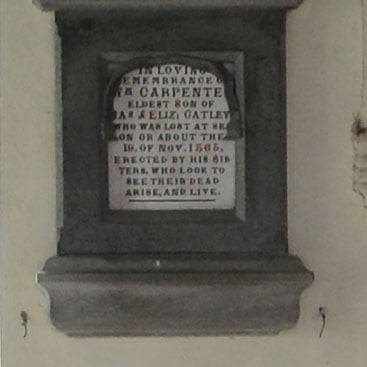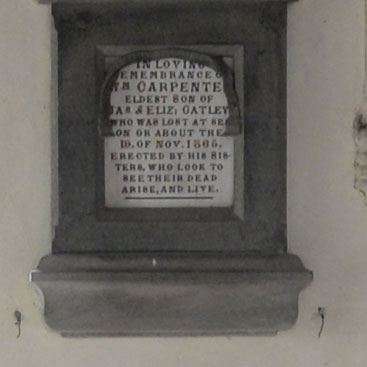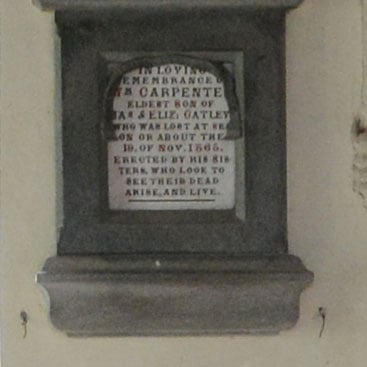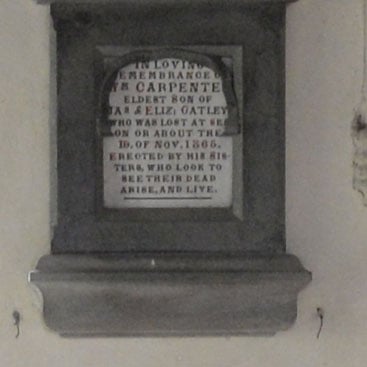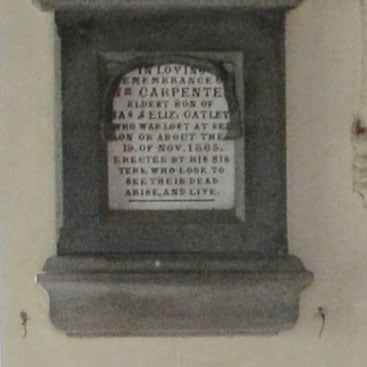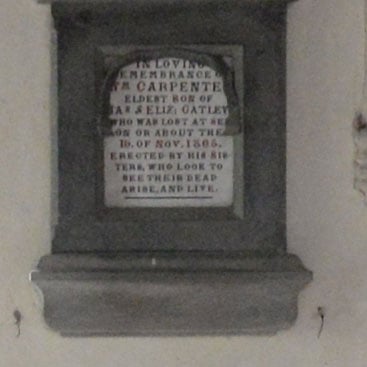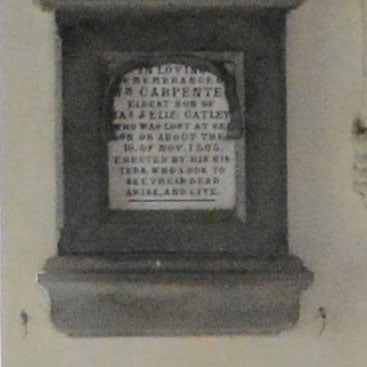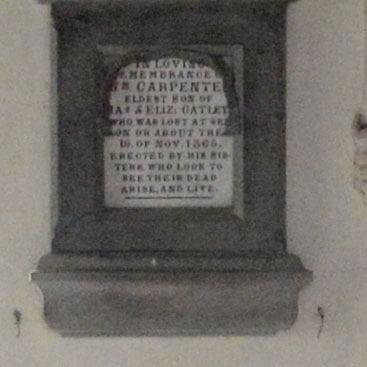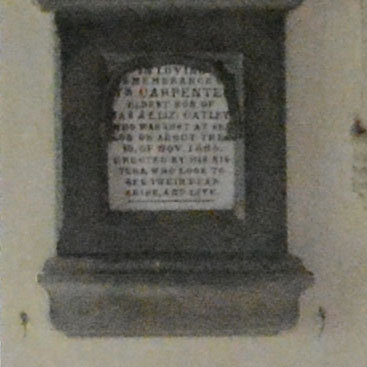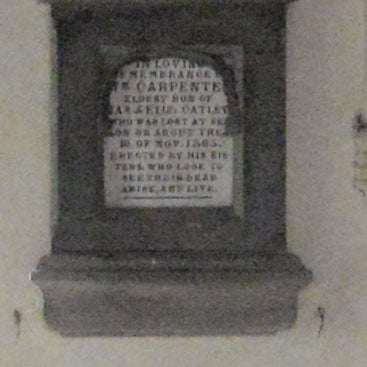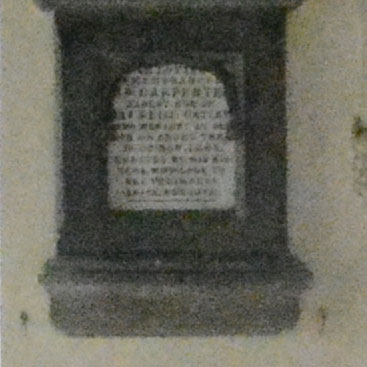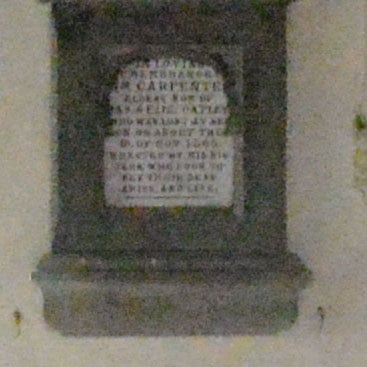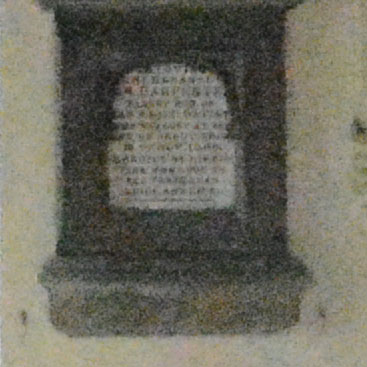Nikon D610 review
-
-
Written by Gordon Laing
Quality
Nikon D610 vs D7100 quality JPEG
To compare real-life performance I shot this scene with the Nikon D610 and the Nikon D7100, within a few moments of each other using their best quality JPEG settings.
Initially, both cameras were fitted with their respective kit lenses. The D610 was fitted with the AF-S Nikkor 24-85mm f3.5-4.5G ED VR kit lens and the D7100 with the AF-S DX Nikkor 18-105mm f3.5-5.6G ED VR kit lens.
Later I used the same AF-S 24-85mm lens on both bodies for an additional test.
Note RAW comparisons are available from the results menu above right.
Normally I’d compare the ‘entry level’ full frame D610 against the equivalent model from Canon, the 6D. If you want to see that comparison head to my Canon 6D review, where you can see a comparison with the D600, which has the same sensor as the D610.
Here, I’ve compared the D610 with Nikon’s mid-range APS-C model, the D7100. This is an interesting comparison for two reasons. Firstly, the D7100 is an obvious alternative to the D610 for Nikon upgraders who may not be fully convinced of the benefits of going full-frame, or just want a smaller, lighter, less expensive, but equally sophisticated body. Second, the D7100 shares the same 24 Megapixel resolution, but with smaller physical size. The APS-C or DX sensor in the D7100 measures 23.5×15.6mm compared with the 36x24mm full frame sensor in the D610. The other crucial difference is the the D7100 sensor lacks an optical low-pass filter which should provide it with sharper and more detailed images’ albeit at some risk of moire. So the big question is, can the D7100’s APS-C sensor with no OLPF match the quality of the D610’s full-frame 35mm sensor with an OLPF? You might be surprised by the answer, so let’s waste no more time and find out.
Because of the changing light conditions (the sun was low, it was windy and there was partial cloud cover) it was difficult to get consistent exposures in Aperture prioriy mode with both cameras and both lenses. So I shot a range of bracketed exposures in Manual mode and subsequently selected frames with consistent lighting conditions that had matched correct exposures. Stabilisation was disabled for this tripod-mounted test and Active D-lighting was turned off, which is the default setting. JPEG compression was set to Optimal quality.
By comparing frames I judged that the D610 with the 24-85mm f3.5-4.5mm lens produced the best results at f8 and the D7100 with the 18-105mm f3.5-5.6 lens produced its best results at f5.6. The image above was taken with the Nikon D610 in Manual mode with the aperture set to f8 and the sensitivity set to 100 ISO. As I mentioned above, the conditions made metering difficult, but my bracketed exposure at 1/200 provided the best exposure with most of the highlight detail retained. The frame from the D7100 was shot at the equivalent exposure of 1/400 at f5.6 also at 100 ISO.
First let’s look at the first set of crops from each model with its respective kit lens attached. The most obvious difference between the crops is that though both models were set to Auto white balance the D610 has produced a much warmer result, which you’ll have to try and ignore here; I’ve balanced out the colour differences in the RAW results on the next page. In terms of detail, both 24 Megapixel sensors have done a good job and you can make out the individual panes in the end window as well as some detail in the stonework. I can’t see much of a difference in the level of detail or sharpness beween the D610 and D7100 in this first crop.
It’s a similar story in the second crop; the lighthouse is a clean-edged white rectangle and you can make out the lamp room on top, but I think it’s a tiny bit crisper and more detailed in the D7100 crop. Likewise there’s plenty of detail in the foreground but the D7100 crop looks marginally sharper. The third crop from the edge of the frame is in deep shadow, but even so you can see that here the D610 produces a cleaner result with crisper edges the the D7100. That could of course be down to better optics or chromatic aberration correction.
In the final crop back close to the middle of the frame it’s once again a very close call but, as in crops one and two, I think the physically smaller sensor in the D7100 has the edge on the full-frame D610 with cleaner edges and possibly a smidgeon more detail. The margin is so narrow as to be almost negligible but look at it this way, these results from the D7100 are at least as good, if not better than the D610 – at 100 ISO. While not conclusive proof that Nikon has squeezed better than full-frame quality with a higher level of detail from an APS-C sensor, it’s quite compelling. And that’s with the repsective kit lenses attached; let’s see what happens when the same scene is shot using the same 24-85mm f3.5-4.5 lens.
To eliminate lens differences and concentrate on the relative performance of the sensors, I fitted the D610’s 24-85mm kit lens to the D7100. On the D7100, at its wide angle setting, the AF-S 24-85mm zoom lens has an equivalent focal length of 36mm, so on the D610 the lens was zoomed in to produce an equivalent field of view and the 100 percent crops from the resulting images are shown in the second table lower on the page.
Once again, just to note that here we’re comparing two sensors with the same 24 Megapixel resolution but different physical sizes and one with an optical low pass filter (the D610) and the other without (D7100), shot with the same lens zoomed in a little on the D610 to account for the 1.5x crop factor on the D7100. As before, both sets of crops show the same area with the same sized detail.
This time I think the extra detail and sharpness of the D7100 is beyond dispute. You can see all six individual panes in the window at the end of the chapel in the first crop and there’s more detail in the stonework. The lighthouse is crisper in the second crop and the roofs and window frames in the foreground look sharper. I’ve taken the third crop in this set from a sunlit area higher up the frame and here again there’s more detail in the D7100 crop. In the top three quarters of the final crop the difference appears less obvious but the roof tiles in the lower quarter of the D7100 crop are more clearly defined.
So the second set of crops shot with the same lens confirms what the first set just hinted at. The 24 Megapixel APS-C sensor with no OLPF in the D7100 produces cleaner, sharper images with a higher level of detail than the 24 Megapixel full-frame OLPF equipped sensor in the D610, at least for in-camera JPEGs at their lowest sensitivities.
Check out my Nikon D610 RAW quality results on the next page or see how these models compare at higher sensitivities in my Nikon D610 Noise results. If you’re looking for comparisons with the D800, please head over to the results pages of my Nikon D600 review.
Nikon D610 with AF-S Nikkor 24-85mm f3.5-4.5G VR | Nikon D7100 with AF-S Nikkor 18-55mm f3.5-5.6G VR | |
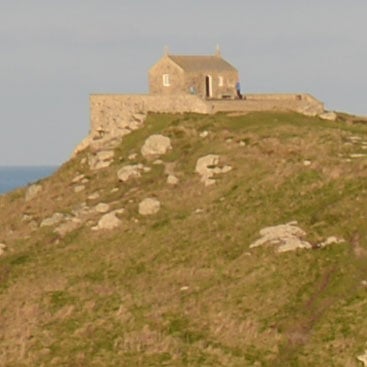 | 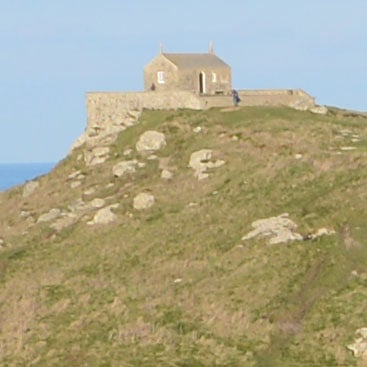 | |
f8, 100 ISO | f5.6, 100 ISO | |
 | 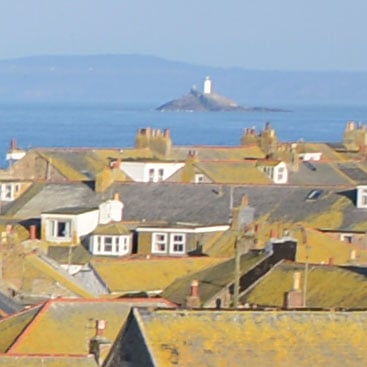 | |
f8, 100 ISO | f5.6, 100 ISO | |
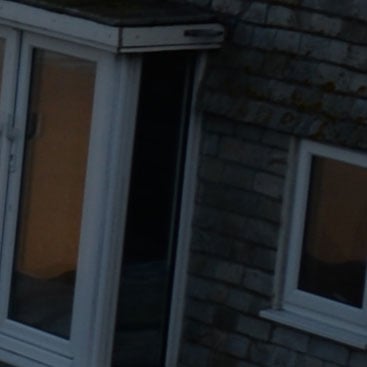 | 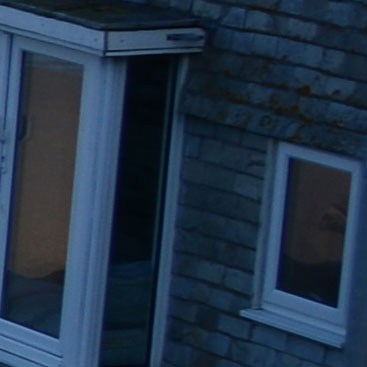 | |
f8, 100 ISO | f5.6, 100 ISO | |
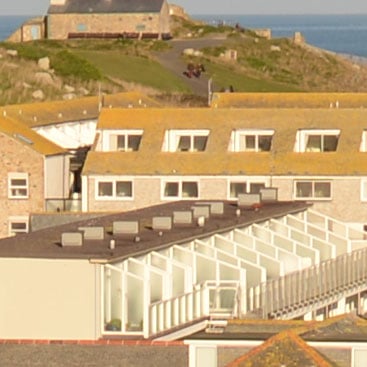 | 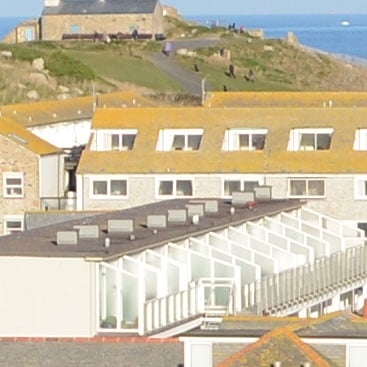 | |
f8, 100 ISO | f5.6, 100 ISO |
Below are results when both cameras were fitted with the same AF-S 24-85mm VR lens.
Nikon D610 with AF-S Nikkor 24-85mm f3.5-4.5G ED VR | Nikon D7100 with AF-S Nikkor 24-85mm f3.5-4.5G ED VR | |
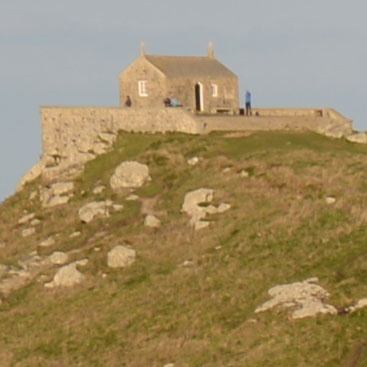 | 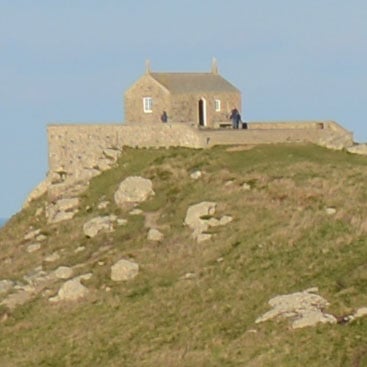 | |
f8, 100 ISO | f5.6, 100 ISO | |
 | 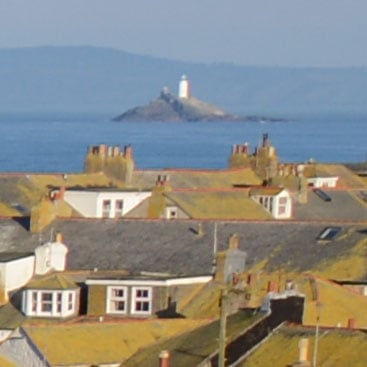 | |
f8, 100 ISO | f5.6, 100 ISO | |
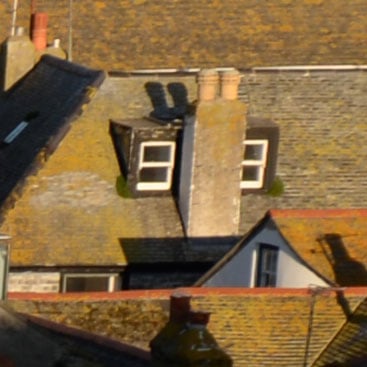 | 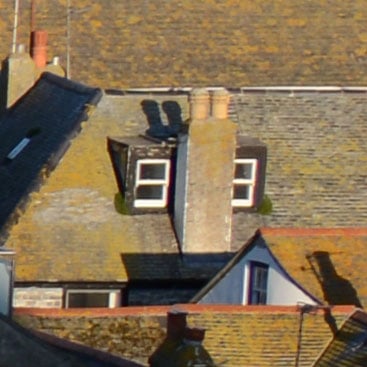 | |
f8, 100 ISO | f5.6, 100 ISO | |
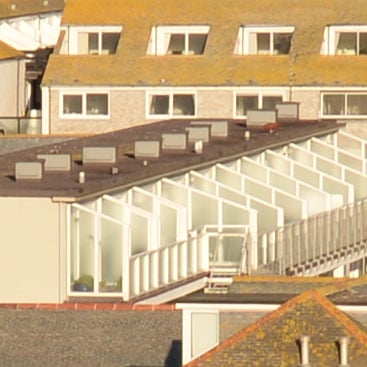 | 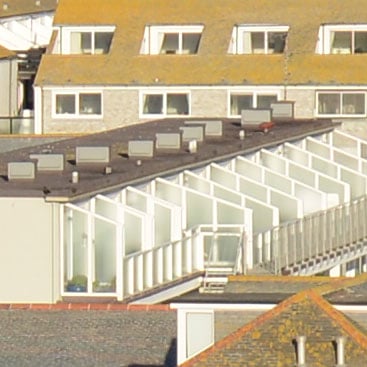 | |
f8, 100 ISO | f5.6, 100 ISO |
Nikon D610 vs D7100 RAW Quality
To compare real-life RAW performance I shot this scene with the Nikon D610 and the Nikon D7100, within a few moments of each other using their RAW modes.
To eliminate lens differences and concentrate on the relative performance of the sensors, I fitted the D610’s 24-85mm kit lens to the D7100. On the D7100, at its wide angle setting, the AF-S 24-85mm zoom lens has an equivalent focal length of 36mm, so on the D610 the lens was zoomed in to produce an equivalent field of view and the 100 percent crops from the resulting images are shown below.
My noise results start on the next page, see index above right.
Because of the changing light conditions (the sun was low, it was windy and there was partial cloud cover) it was difficult to get consistent exposures in Aperture prioriy mode with both cameras and both lenses. So I shot a range of bracketed exposures in Manual mode and subsequently selected frames with consistent lighting conditions that had matched correct exposures. Stabilisation was disabled for this tripod-mounted test and Active D-lighting was turned off, which is the default setting.
By comparing frames I judged that the D610 produced the best results at f8 and the D7100 at f5.6. The image above was taken with the Nikon D610 in Manual mode with the aperture set to f8 and the sensitivity set to 100 ISO. My bracketed exposure at 1/200 provided the best exposure with most of the highlight detail retained. The frame from the D7100 was shot at the equivalent exposure of 1/400 at f5.6 also at 100 ISO.
I processed both files in Adobe Camera RAW using identical settings: Sharpening at 70 / 0.5 / 36 / 10, Luminance and Colour Noise Reduction both set to zero, and the Process to 2012 with the Adobe Standard profile. To eliminate the differences in white balance both files were set to 5300k with +6 tint. Just to note that at the time of processing Adobe Camera RAW did not support D610 RAW files and these crops were processed using the ACR 8.3 Release Candidate beta. These settings were chosen to reveal the differences in sensor quality and isolate them from in-camera processing. The high degree of sharpening with a small radius enhances the finest details without causing undesirable artefacts, while the zero noise reduction unveils what’s really going on behind the scenes.
Much as I’d like these results to confirm what we saw from the JPEGs, I’m not seeing the sharper edges and improved detail in the D7100 RAW crops compared with those from the D610 – it’s almost like the D7100’s quality advantage only applies to in-camera JPEGs. That said, they still look very similar. In the first crop the level of detail is actually very similar, and in the second crop, aside from the fringing in the D7100 crop, it’s hard to spot a quality difference. The fringing is evident in the third crop too, but again, though the D7100 crop looks slightly harder, I can’t see any difference in the levels of detail.
If there’s a margin between these two models in the fourth crop, you’d have to look very, very carefully to spot it, but there is one very interesting thing to see here. Look at the roof tiles in the lower left corner of the D7100 crop. Do you notice the slight colour banding there? That’s moire – the thing that an optical low-pass filter (which of course, is absent in the D7100) is designed to eliminate. It’s very slight and you’d only ever notice it if you were looking for it at 100 percent view, but it’s there nonetheless. Having said that it’s a fairly minor issue (certainly less of a problem than the fringing) and can easily be dealt with in the shots where it occurs.
Taking these results and the JPEG ones on the previous page together, I think it’s fair to say that the quality delivered by the D7100’s APS-C sensor is as good as the full-frame D610 at their lowest sensitivities, and the D7100 actually enjoys an advantage in crispness when comparing out-of-camera JPEGs.
Now it’s time to examine their high ISO performance, starting with a JPEG comparison with the D7100 in my Nikon D610 Noise results.
Nikon D610 with AF-S Nikkor 24-85mm f3.5-4.5G ED VR | Nikon D7100 with AF-S Nikkor 24-85mm f3.5-4.5G ED VR | |
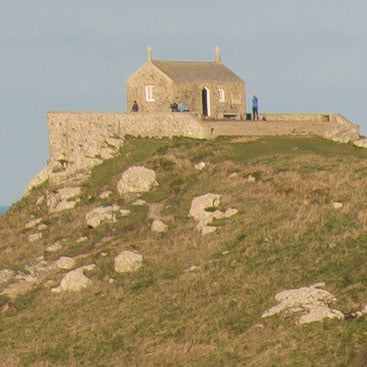 | 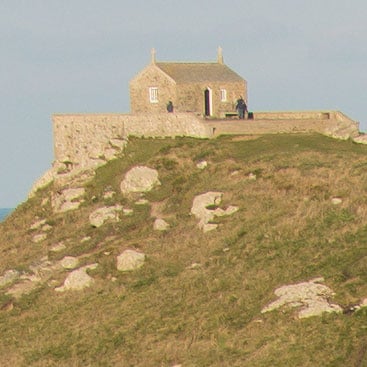 | |
f8, 100 ISO | f5.6, 100 ISO | |
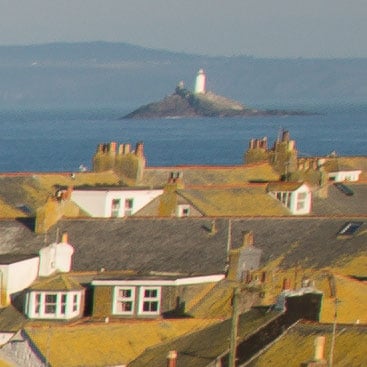 | 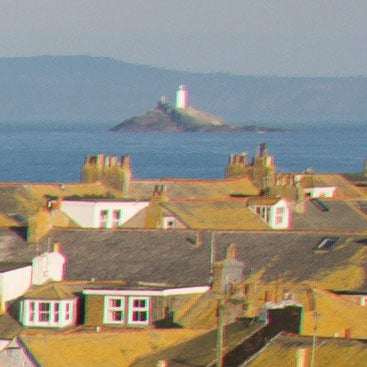 | |
f8, 100 ISO | f5.6, 100 ISO | |
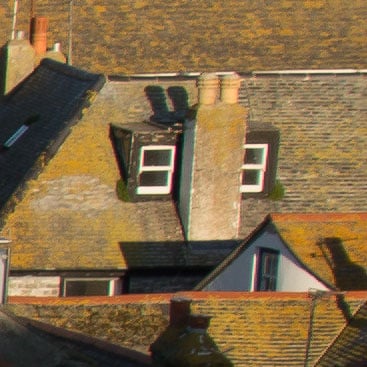 | 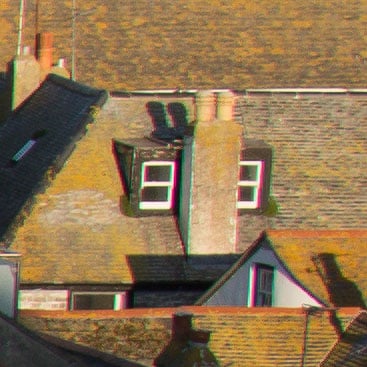 | |
f8, 100 ISO | f5.6, 100 ISO | |
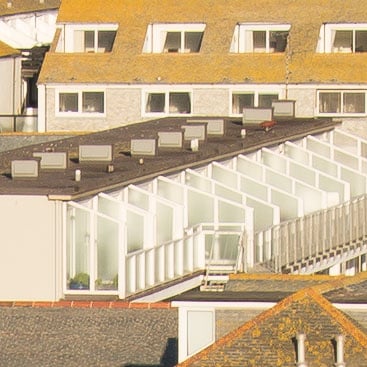 | 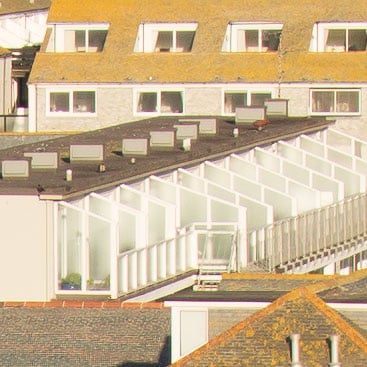 | |
f8, 100 ISO | f5.6, 100 ISO |
Nikon D610 vs D7100 Noise RAW
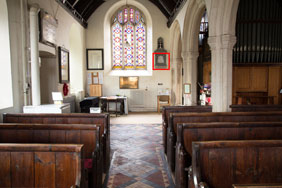
To compare RAW noise levels under real-life conditions, I shot this scene with the Nikon D610 and the Nikon D7100, within a few moments of each other using their RAW modes at each of their ISO sensitivity settings.
Both cameras were fitted with their respective kit lenses. The D610 was fitted with the AF-S Nikkor 24-85mm f3.5-4.5G ED VR kit lens and the D7100 with the AF-S DX Nikkor 18-105mm f3.5-5.6G ED VR kit lens.
Aperture priority was set on both cameras and the aperture was set to f8 on the D610 and f5.6 on the D7100, that having previously been determined to produce the best quality results. ISO sensitivity was set manually.
Normally we’d compare the ‘entry level’ full frame D610 against the equivalent model from Canon, the 6D. If you want to see that comparison head to my Canon 6D review, where you can see a comparison with the D600, which has the same sensor as the D610. Or if you want to see the D600 compared to the D800, take a look at my Nikon D600 vs D800 RAW Noise page.
The above shot was taken with the Nikon D610 with the AF-S 24-85mm f3.5-5.4 kit lens. The camera was placed on a tripod and the VR turned off. Active D-lighting was turned off and other default settings were used; Long exposure NR was off, High ISO NR was normal and the white balance was set to Auto. Image quality was set to NEF (RAW) + JPEG Fine and JPEG compression was set to optimal quality. The lens was zoomed to approximately 27mm to provide an equivalent field of view to the 18-105mm (27-157mm) kit lens on the D7100 at its widest setting.
In Aperture priority mode with the aperture set to f8 the camera metered an exposure of 2.5 seconds at 100 ISO. The original large fine JPEG file size was 11.44MB. At its base 100 ISO setting the D7100 metered an exposure of 1.3 seconds at f5.6. As always, the red square in the image above shows the cropped area, which is shown below at 1:1.
I processed both sets of files in Adobe Camera RAW using identical settings: Sharpening at 70 / 0.5 / 36 / 10, Luminance and Colour Noise Reduction both set to zero, and the Process to 2012 with the Adobe Standard profile. To reduce white balance differences I set both sets of files to 4150K with +7 tint. These settings were chosen to reveal the differences in sensor quality and isolate them from in-camera processing. The high degree of sharpening with a small radius enhances the finest details without causing undesirable artefacts, while the zero noise reduction unveils what’s really going on behind the scenes – as such the visible noise levels at higher ISOs will be much greater than you’re used to seeing in many of my comparisons, but again it’s an approach that’s designed to show the actual detail that’s being recorded before you start work on processing and cleaning it up if desired.
As with the outdoor results, these RAW crops confirm what the JPEG noise results suggested – the D7100’s smaller sensor is noisier than the D610’s full frame one, but the gap between the two is narrower than you might have thought. The D7100 is very marginally noisier at its base 100 ISO setting and the gap widens a tiny bit with each step up the sensitivity range. So it’s not until around 800 ISO that there’s a really significant difference. From there on up, though, there’s no question that the D610’s bigger sensor has the upper hand.
If high ISO performance is a critical factor for you, then making the jump to a full-frame FX body like the D610 will give you a significant improvment in 1:1 image quality and noise perfomance at the upper end of the sensitivity scale. Not only does the larger sensor area deliver lower noise and higher dynamic range, but it places fewer demands on the lens resolution, adding up to a cleaner, more detailed image. That said, if you shoot at lower sensitivities, models like the D7100 deliver very similar output at a much lower cost.
Now head over to my Nikon D610 sample images to see some more real-life shots in a variety of conditions.
|
Nikon D610 vs Nikon D7100 Noise JPEG
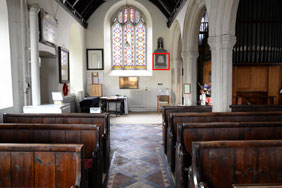
To compare noise levels under real-life conditions, I shot this scene with the Nikon D610 and the Nikon D7100, within a few moments of each other using their best quality JPEG settings at each of their ISO sensitivity settings.
Both cameras were fitted with their respective kit lenses. The D610 was fitted with the AF-S Nikkor 24-85mm f3.5-4.5G ED VR kit lens and the D7100 with the AF-S DX Nikkor 18-105mm f3.5-5.6G ED VR kit lens.
Aperture priority was set on both cameras and the aperture was set to f8 on the D610 and f5.6 on the D7100, that having previously been determined to produce the best quality results. ISO sensitivity was set manually.
Normally we’d compare the ‘entry level’ full frame D610 against the equivalent model from Canon, the 6D. If you want to see that comparison head to my Canon 6D review, where you can see a comparison with the D600, which has the same sensor as the D610. Or if you want to see the D600 compared to the D800, take a look at my Nikon D600 vs D800 Noise page.
The above shot was taken with the Nikon D610 with the AF-S 24-85mm f3.5-5.4 kit lens. The camera was placed on a tripod and the VR was set to Off. Active D-lighting was turned off and other default settings were used; Long exposure NR was off, High ISO NR was normal and the white balance was set to Auto. Image quality was set to NEF (RAW) + JPEG Fine and JPEG compression was set to optimal quality. The lens was zoomed to approximately 27mm to provide an equivalent field of view to the 18-105mm (27-157mm) kit lens on the D7100 at its widest setting.
In Aperture priority mode with the aperture set to f8 the camera metered an exposure of 2.5 seconds at 100 ISO. The original large fine JPEG file size was 11.44MB. At its base 100 ISO setting the D7100 metered an exposure of 1.3 seconds at f5.6. As always, the red square in the image above shows the cropped area, which is shown below at 1:1.
So, how do these two sensors compare in terms of noise? Just to reiterate, what we’re comparing here is two sensors with the same 24 Megapixel resolution but different physical sizes – full frame 35mm in the D610 and APS-C with no optical low-pass filter in the D7100. The first thing to note is that the D610’s extended ISO range starts at 50 ISO and provides H1 and H2 positions at 12,800 and 25,600 ISO respectively. The D7100’s base sensitivity setting is 100 ISO and the extension provides the H1 and H2 positions at 12,800 and 25,600 ISO respectively.
The 50 ISO crop from the D610 is pristine, there’s a high level of detail and you’d have to look very hard to find any evidence of noise. One other thing worth noting is that, despite the long exposure there are no hot pixels nor evidence of long exposure noise, despite the fact that Long exposure NR was turned off by default.
The 100 ISO crops are the first chance we get to make a comparison, though, and the D7100 crop compares very favourably. I think the D610 has a marginal edge, even at this low sensitivity setting; the D7100 crop has a very slight texture in the flat colour of the wall that isn’t present in the D610. By 400 ISO there’s a slight gap opening up though and it’s clear from these 100 percent crops that the D7100’s DX sensor is producing visibly more noise than the D610’s.
The gap widens a little at 800 ISO, and though the D7100 is still managing to keep the noise at impressively low levels its 800 ISO crop shows a good deal more noise than the D610’s. By the 1600 ISO mark I’d say there is a one stop difference between the two models; where the D610 is still producing excellent quality images with a very low noise profile the D7100’s are by comparison, locked in a losing battle with brightness and colour noise.
The D610 has strength in depth, even at 3200 ISO it’s producing very usable images; it’s not until you get to 6400 ISO that you begin to see the familiar ‘carpet underlay’ look of a processor struggling to cope with data that’s as much noise as signal, but, even here, the image quality isn’t bad at less than full size. The H1 and H2 positions provide 12,800 and 25,600 ISO options that don’t look great, but might be useful for those must have under any circumstances shots.
This is what you’d expect, comparing these in-camera JPEGs, the bigger sensor of the D610 comes out on top at the higher end of the ISO sensitivity range. That said, the D7100 holds its own at the lower end of the scale with comparable results up to 200 ISO.
But how much of a role does processing play in keeping noise at bay in these crops? To find out, take a look at my Nikon D610 RAW noise results page to see just how much noise is present behind the scenes. Or head over to my Nikon D610 sample images to see some more real-life shots in a variety of conditions.
|
